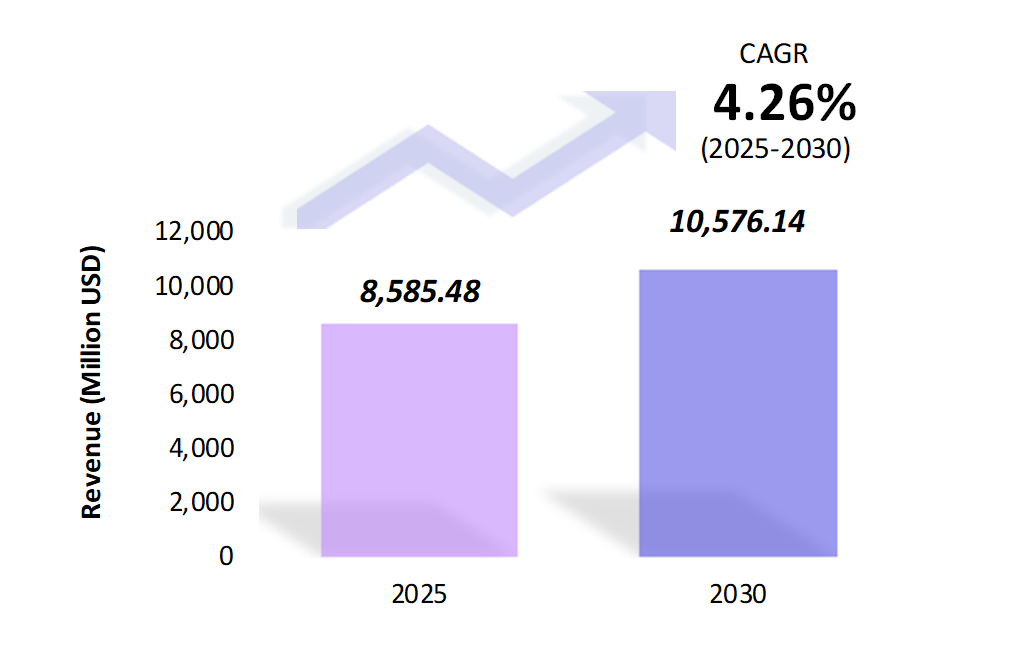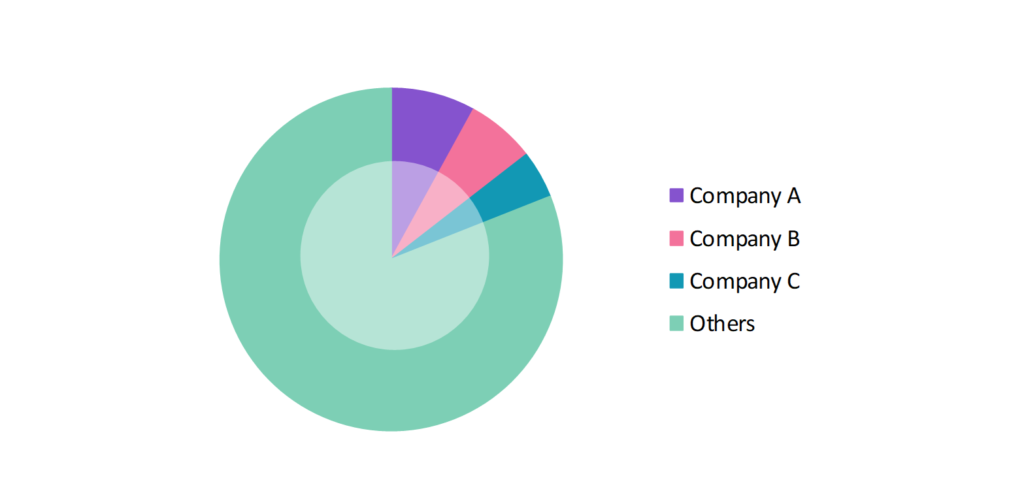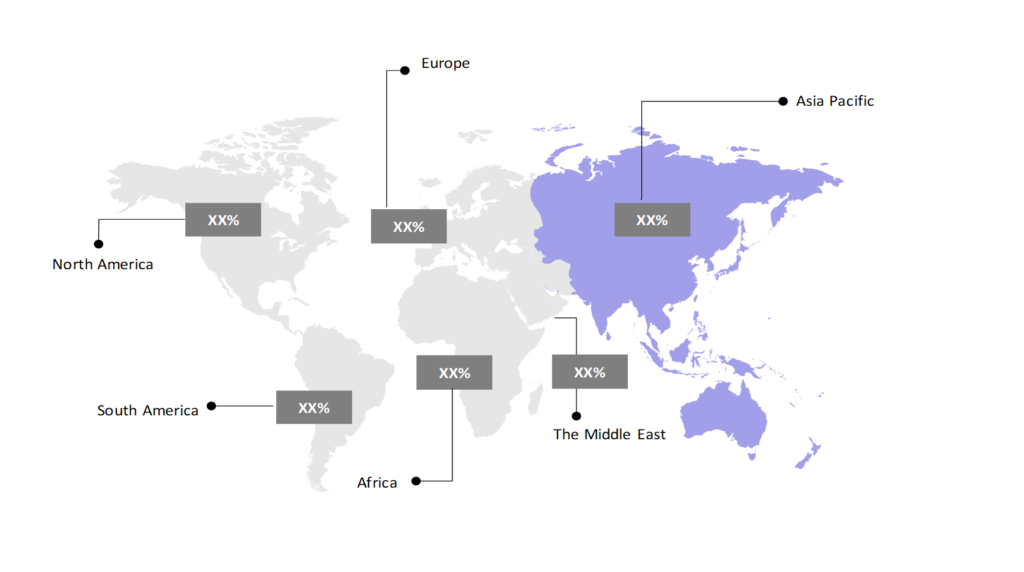Digital Camera Market: Size, Share, Trends & Forecast (2024-2029)
The market report offers a detailed analysis segmented by Lens Type (Built-in, Interchangeable); by Camera Type (Compact Digital Camera, Digital Single-Lens Reflex, Mirrorless); by End User (Pro Photographers, Prosumers, Hobbyists); by Geography (North America, South America, Asia Pacific, Europe, The Middle East & Africa).
Outlook

- The digital camera market is estimated to be at USD 8,585.48 Mn in 2025 and is anticipated to reach USD 10,576.14 Mn in 2030.
- The digital camera market is registering a CAGR of 4.26% during the forecast period 2025-2030.
- The global digital camera market, while facing challenges from smartphone competition and supply chain disruptions, continues to grow through innovation in mirrorless cameras, Artificial Intelligence integration, and high-resolution video capabilities.
Request a free sample.
Ecosystem

- The participants in the global digital camera industry are always developing their strategies to preserve a competitive advantage.
- These companies primarily use acquisitions, investments, research & developments, partnerships, and technological launches.
- Several important entities in the digital camera market include Nikon Corp.; Canon Inc.; Panasonic Group; Fujifilm Holdings Corp.; Sony Group Corp.; and others.
Ask for customization.
Findings
| Attributes | Values |
|---|---|
| Historical Period | 2019-2023 |
| Base Year | 2024 |
| Forecast Period | 2025-2030 |
| Market Size (2025) | USD 8,585.48 Mn |
| Market Size (2030) | USD 10,576.14 Mn |
| Growth Rate | 4.26% CAGR from 2025 to 2030 |
| Key Segments | Lens Type (Built-in, Interchangeable); Camera Type (Compact Digital Camera, Digital Single-Lens Reflex, Mirrorless); End User (Pro Photographers, Prosumers, Hobbyists); Geography (North America, South America, Asia Pacific, Europe, The Middle East & Africa) |
| Key Vendors | Nikon Corp.; Canon Inc.; Panasonic Group; Fujifilm Holdings Corp.; Sony Group Corp. |
| Key Countries | The US; Canada; Mexico; Brazil; Argentina; Colombia; China; India; Japan; The UK; Germany; France; UAE; Saudi Arabia; South Africa |
| Largest Market | Asia Pacific |
Get a free quote.
Trends
- Emergence of Mirrorless Cameras: Mirrorless cameras are increasingly in the spotlight due to their compact design, which makes them more portable than traditional Digital Single-Lens Reflex models. They offer advanced features and superior image quality, appealing to amateur and professional photographers. This trend reflects a preference for versatile, high-performance cameras that deliver excellent results without the bulk of DSLRs.
- Integration of AI in Photography: Artificial intelligence (AI) is becoming integral to modern digital cameras, enhancing features like auto-focus, facial recognition, and image stabilization. In 2022, the launch of AI-powered cameras like Canon’s EOS R3 uses deep learning algorithms for better subject tracking and eye detection, improving user experience and image quality, particularly in dynamic environments such as sports and wildlife photography.
- Sustainability and Eco-friendly Materials in Cameras: Camera manufacturers are increasingly adopting sustainable practices, focusing on using eco-friendly materials and reducing their carbon footprint. In 2023, Canon and Sony announced initiatives to use more recycled plastics in their camera bodies and reduce energy consumption during the production process, aligning with global efforts to promote sustainability in manufacturing.
Speak to analyst.
Catalysts
- Rise of Content Creation: The increasing popularity of platforms like YouTube, TikTok, and Instagram has driven the demand for high-quality digital cameras, especially among influencers and content creators. Cameras with features such as 4K/8K video recording, high frame rates, and enhanced image stabilization are becoming essential tools, positively impacting market growth.
- Growing Demand in Industrial and Surveillance Applications: The increasing application of digital cameras in industrial, medical, and surveillance sectors has significantly driven revenue growth in the digital camera market. In 2023, FLIR Systems introduced thermal imaging cameras that utilize digital technologies to improve image quality and data collection for critical tasks like border security and firefighting. This expansion into professional markets not only broadens the customer base but also fosters innovation, further enhancing market growth.
- Demand for High-end Professional Cameras: The demand for high-end cameras from professional photographers and filmmakers has substantially driven revenue and growth in the digital camera market. Essential features like high-resolution sensors, faster processors, and enhanced autofocus are crucial for meeting the strict standards of these professionals. This continuous investment in advanced technology not only boosts sales but also prompts manufacturers to innovate further, ensuring the market evolves to meet the needs of this demanding segment.
Inquire before buying.
Restraints
- High Cost of Professional Cameras: The cost of premium digital cameras, particularly DSLRs and mirrorless models, remains a challenge for many consumers. High-end cameras such as Sony’s Alpha 1, priced at over USD 6,000, are out of reach for casual photographers, limiting the market to professionals and enthusiasts with a higher budget. This restricts widespread adoption, especially in developing regions.
- Competition from Smartphones: The rise of high-end smartphone cameras has significantly impacted the digital camera market, particularly for compact and point-and-shoot models. Leading smartphone brands like Apple, Samsung, and Google continuously improve their camera technologies, integrating multiple lenses, AI enhancements, and powerful sensors. In 2023, Apple’s iPhone 15 Pro Max introduced advanced computational photography features, directly competing with entry-level digital cameras.
- Supply Chain Disruptions: The global supply chain has encountered major disruptions, impacting the availability of essential components like sensors, lenses, and microchips vital for digital cameras. In 2022, manufacturers such as Canon and Nikon experienced production delays stemming from semiconductor shortages, which hindered their capacity to meet growing market demand.
Personalize this research.
Hotspot

Explore purchase options.
Table of Contents
| 1. Introduction 1.1. Research Methodology 1.2. Scope of the Study 2. Market Overview / Executive Summary 2.1. Global Digital Camera Market (2019 – 2023) 2.2. Global Digital Camera Market (2024 – 2030) 3. Market Segmentation 3.1. Global Digital Camera Market by Lens Type 3.1.1. Built-in 3.1.2. Interchangeable 3.2. Global Digital Camera Market by Camera Type 3.2.1. Compact Digital Camera 3.2.2. Digital Single-Lens Reflex 3.2.3. Mirrorless 3.3. Global Digital Camera Market by End User 3.3.1. Pro Photographers 3.3.2. Prosumers 3.3.3. Hobbyists 4. Regional Segmentation 4.1. North America 4.1.1. The US 4.1.2. Canada 4.1.3. Mexico 4.2. South America 4.2.1. Brazil 4.2.2. Argentina 4.2.3. Colombia 4.2.4. Rest of South America 4.3. Asia Pacific 4.3.1. China 4.3.2. India 4.3.3. Japan 4.3.4. Rest of Asia Pacific 4.4. Europe 4.4.1. The UK 4.4.2. Germany 4.4.3. France 4.4.4. Rest of Europe 4.5. The Middle East & Africa 4.5.1. UAE 4.5.2. Saudi Arabia 4.5.3. South Africa 4.5.4. Rest of the Middle East & Africa 5. Value Chain Analysis of the Global Digital Camera Market 6. Porter Five Forces Analysis 6.1. Threats of New Entrants 6.2. Threats of Substitutes 6.3. Bargaining Power of Buyers 6.4. Bargaining Power of Suppliers 6.5. Competition in the Industry 7. Trends, Drivers and Challenges Analysis 7.1. Market Trends 7.1.1. Market Trend 1 7.1.2. Market Trend 2 7.1.3. Market Trend 3 7.2. Market Drivers 7.2.1. Market Driver 1 7.2.2. Market Driver 2 7.2.3. Market Driver 3 7.3. Market Challenges 7.3.1. Market Challenge 1 7.3.2. Market Challenge 2 7.3.3. Market Challenge 3 8. Opportunities Analysis 8.1. Market Opportunity 1 8.2. Market Opportunity 2 8.3. Market Opportunity 3 9. Competitive Landscape 9.1. Nikon Corp. 9.2. Canon Inc. 9.3. Panasonic Group 9.4. Fujifilm Holdings Corp. 9.5. Sony Group Corp. 9.6. Company 6 9.7. Company 7 9.8. Company 8 9.9. Company 9 9.10. Company 10 |
Know the research methodology.
Digital Camera Market – FAQs
1. What is the current size of the digital camera market?
Ans. In 2025, the digital camera market size is USD 8,585.48 Mn.
2. Who are the major vendors in the digital camera market?
Ans. The major vendors in the digital camera market are Nikon Corp.; Canon Inc.; Panasonic Group; Fujifilm Holdings Corp.; Sony Group Corp.
3. Which segments are covered under the digital camera market segments analysis?
Ans. The digital camera market report offers in-depth insights into Lens Type, Camera Type, End User, and Geography.
